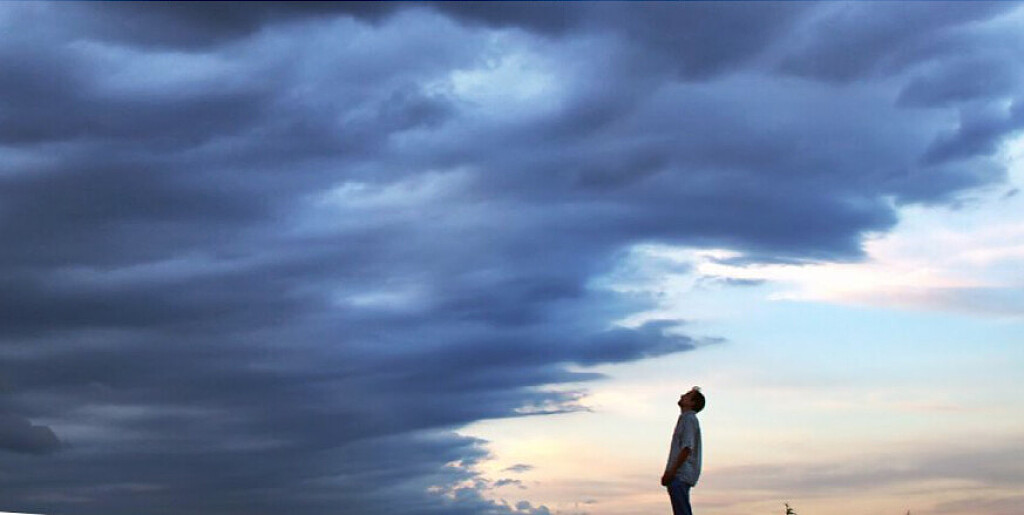Running News Daily
Running News Daily is edited by Bob Anderson. Send your news items to bob@mybestruns.com Advertising opportunities available. Train the Kenyan Way at KATA Kenya and Portugal owned and operated by Bob Anderson. Be sure to catch our movie A Long Run the movie KATA Running Camps and KATA Potato Farms - 31 now open in Kenya! https://kata.ke/
Index to Daily Posts · Sign Up For Updates · Run The World Feed
How Weather Affects Your Body
Want to know what the weather is going to look like? Ask your knees.
This spring saw two historic “bomb cyclones” sweep across the country. On top of the problems caused by blizzards, high winds, and severe storms, these weather systems also made for a lot of achy knees as barometric pressure bottomed out. It’s not a myth: active weather patterns, and low-pressure systems in particular, have a noticeable effect on our bodies, including joint pain, headaches, and even the occasional induced labor.

Joint pain is the most widely known effect weather has on your body. Our joints are full of fluid that allows bones to glide across one another without grinding together. This fluid is susceptible to changes in atmospheric pressure as weather systems come and go. Higher air pressure feels better on your joints. Lower air pressure means that there’s more pressure inside your joint than outside of it, causing those joint fluids and surrounding tissues to expand, leading to nagging aches and pains.
Cooler air temperatures can also make your joints feel stiffer by thickening the fluid in your joints and tightening up the tissues around them. This makes your discomfort even worse when you’re in the midst of a winter storm with low pressure. Everyone is susceptible to it, but the effects are more pronounced in people who have arthritis or existing joint injuries. Retirees don’t just move to the Sun Belt for golf and lower taxes. The warmer, calmer weather helps soothe aches and pains.
Our sinuses and ears are also sensitive to changing weather conditions. As anyone who’s ever suffered from a severe cold can attest, these cavities in our head are prone to internal pressure increases that lead to intense and sometimes even debilitating pain. Just like our joints, lower air pressure can increase the relative pressure in our head and lead to sinus pain and earaches.
The effect weather can have on headaches is a little muddier, because the stressors and triggers that instigate each episode vary from person to person. Some people who suffer from headaches are incredibly sensitive to small changes in weather, and an approaching storm system can lay them up for a day or more. Others can soldier on through even the worst conditions without so much as a dull throb. The American Migraine Foundation says that some studies have found a correlation between migranes and drops in atmospheric pressure and air temperature, as well as increased humidity, which can trigger pain in people who suffer from this intense form of headaches.
We often hear reports of a “baby boom” occurring in communities that have endured a hurricane about nine months after it makes landfall, but a sudden drop in air pressure, like you would see during a hurricane or major winter storm, can induce labor for some pregnant women in the storm’s path. Several Japanese doctors conducted a study of their patients over a seven-year period and found that there was a significant relationship between a drop in air pressure and patients experiencing their water breaking or a “spontaneous delivery.”
Extreme temperatures can also take a hefty toll on our body, especially when combined with aggravating factors such as humidity and wind. Despite the misplaced cynicism of people who think they’re fake numbers meant to hype people up, the summertime heat index and wintertime wind chill are two important measurements that tell you how safe it is to venture outdoors unprotected.
The heat index tells us how much hotter it feels due to the amount of moisture in the air. Our bodies cool off through the evaporation of sweat. Less sweat evaporates from our skin when the humidity ticks up on a hot day. This process prevents us from cooling off effectively, which can quickly lead to heat exhaustion or heat stroke. A humid, 90-degree afternoon can cause problems for you quicker than a 90-degree day that’s dry as a bone.
Wind chill, on the other hand, tells us how much colder a winter day feels when you add in the effect of the wind. Human skin cools off much faster on a cold and windy day than it would if the wind wasn’t blowing. This allows frostbite and hypothermia to set in quicker than you would otherwise expect given the raw air temperature.
Despite the different ways weather affects your body, you definitely can’t catch a cold because of the weather. Both the cold and the flu are caused by viruses contracted from another person. You have a better chance of contracting the cold or flu during the winter months since viruses live longer in colder, drier weather—conditions that also weaken our immune systems and drive us into close proximity indoors. Cold weather can give you a runny nose, chills, and a headache, all of which mimic symptoms of viruses, but the cold itself can’t give you a cold.
by Outside
Login to leave a comment




